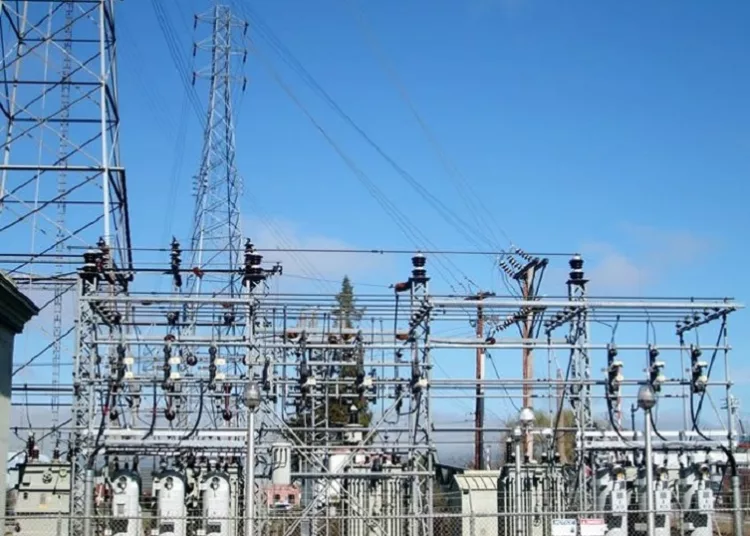The Nigerian Independent System Operator (NISO) has successfully unified the electricity grids of Nigeria, Niger Republic, Benin, and Togo in a single West African power grid, marking a significant step forward in regional energy integration.
The System Operator stated that NISO, in collaboration with the West African Power Pool Information and Coordination Centre (WAPP-ICC), successfully carried out the long-awaited synchronisation test between the Nigerian power grid and the countries.
According to NISO, the test, which was conducted over the weekend, marks a breakthrough in the ongoing effort to establish a unified West African electricity grid operating at a single frequency.
Although several synchronisation arrangements had been proposed in the past, the only known physical synchronisation attempt took place in 2007 and lasted for about seven minutes before being discontinued, NISO stated on Sunday.
Following renewed engagement and enhanced coordination between NISO and the WAPP-ICC, the exercise has now been accomplished through improved system monitoring, stricter frequency control, harmonised operational standards, and real-time communication among participating control centres.
NISO’s chairman, Board of Directors Dr Adesegun Akin-Olugbade and the MD/CEO, Abdu Bello Mohammed in the jointly signed statement, said the synchronisation connects Area 1 (Nigeria, Niger, and parts of Benin and Togo) with Areas 2 and 3 (the rest of West Africa), creating a single operational grid that enhances reliability, stability, and cross-border energy exchange across the ECOWAS region.
The initiative, they noted, aims to achieve operational unification of the regional grid, improve system reliability through shared reserves, enable cost-effective power generation and trading under the West African Electricity Market (WAEM), and strengthen institutional cooperation among member system operators.
“For Nigeria, this achievement provides multiple benefits, including unlocking stranded generation capacity, enabling energy exports and foreign exchange earnings; improving grid resilience, and reinforcing the country’s leadership role in regional energy integration.
It also opens access to donor funding for priority transmission projects such as the North Core Project in Birnin Kebbi and the Ajegunle 330 kV Substation in Lagos State,” they further explained.
Recall that the successful synchronisation marks a historic milestone in regional energy cooperation and demonstrates NISO’s technical capacity to manage complex grid operations in line with international standards.





